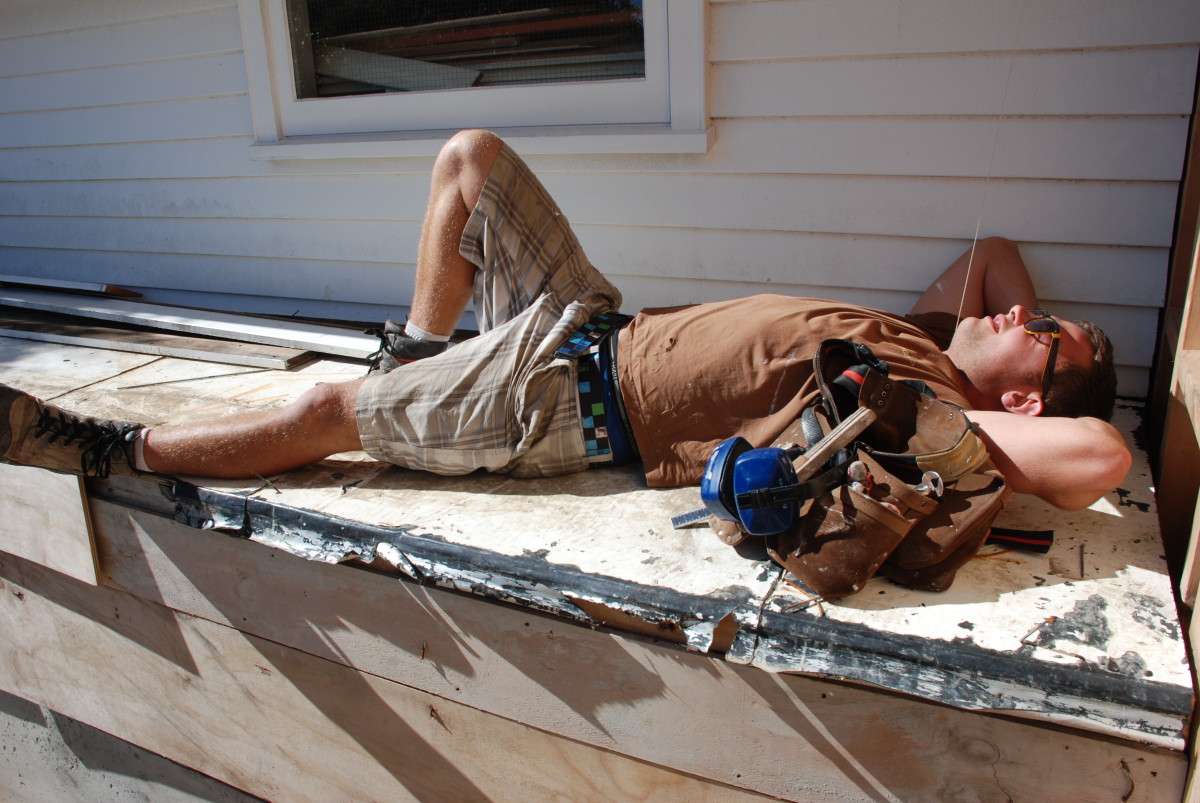Fighting fatigue
27 Jan 2015, Featured, Prove Your Know How, Safety

Construction workers need to be well rested and mentally alert to do their jobs safely. Fatigue is a potential risk that both employers and employees have a responsibility to manage
In construction, there is a significant need for better fatigue management – an issue which has recently been highlighted in Canterbury. Last year, the Canterbury Rebuild Safety Charter asked 70 companies to complete a self-awareness tool; this indicated the need for better fatigue management.
In response, the Canterbury Rebuild Safety Forum put together a Fatigue Guideline to raise awareness and provide tips and tools for small to medium-sized construction businesses to manage fatigue risk. Employers should develop a policy for managing work schedules, sleep, environmental conditions and emotional wellbeing. Head to www.sitesafe.org.nz/bestpracticeguides for the full guideline.
What is fatigue?
Fatigue is more than feeling drowsy. In a work setting, it is a state of exhaustion which can be mental, physical or both. Fatigue reduces a worker’s productivity and ability to do their job safely. A number of factors can combine and contribute to fatigue, including:
- The mental and physical demands of work.
- Work scheduling and planning.
- Environmental conditions.
Identifying fatigue as a risk
It’s important that a risk assessment is carried out. To determine if fatigue is a potential hazard, it’s vital to recognise a worker’s mood, alertness, sleepiness, task performance and focus. To assess the risk, ask yourself the following questions and record the answers:
- Where, which and how many workers (including contractors and subcontractors) are likely to be at risk of becoming fatigued?
- How often is fatigue likely to occur?
- What degree of harm may result from fatigue?
- Are existing control measures against fatigue effective?
- What action should be taken to control the risk of fatigue?
- How urgent is the control needed?
Manage the risk of fatigued workers
Once fatigue is identified as a risk, proper management and prevention is the next step. Possible controls include:
Mental and physical demands of work:
- Use machinery to assist with tasks.
- Rotate job tasks between workers.
- Take appropriate rest breaks.
Work scheduling and planning:
- Reduce the need to work overtime.
- Ensure there are appropriate resources to carry out the work.
- Have suitable rest periods between shifts.
Environmental conditions:
- Avoid working during periods of extreme temperature.
- Provide shelter and adequate facilities for rest, sleep and meal breaks.
Organisational factors:
- Train and encourage workers, managers and supervisors to recognise signs of fatigue.
- Encourage staff to report fatigue-related issues and concerns.
Get the whole team on board
Develop a fatigue policy for your business, which details maximum shift lengths, average weekly hours and travel time. Make sure all workers are aware of your policy; teach them to recognise fatigue and how to report risks and incidents. Encourage workers to:
- Turn up fit for work, having done everything possible to get a good sleep and rest.
- Let their manager or supervisor know if a task is beyond their skills. Recognise the signs and symptoms of fatigue.
- Tell a senior person on site if they start showing signs and symptoms of fatigue.
- Make managers and supervisors aware of other workers who may be fatigued.
- Report fatigue-related incidents.
Contact your local Site Safe Advisor for help in developing and applying your own fatigue policy and procedure – www.sitesafe.org.nz/advisors
About Site Safe
Site Safe is a national not-for-profit membership organisation that promotes, supports and inspires a culture of health and safety in the NZ construction industry.
Register to earn LBP Points Sign in



